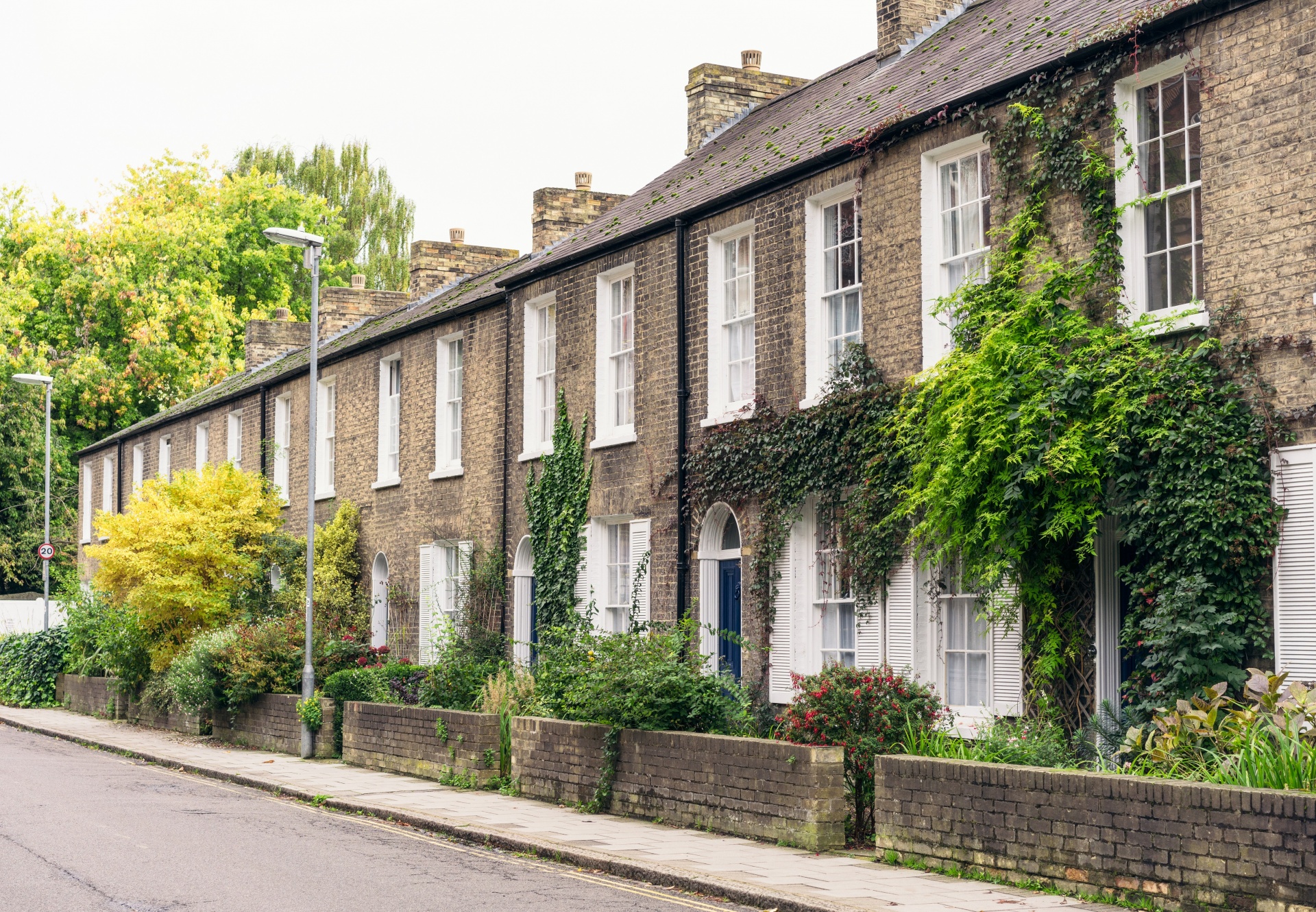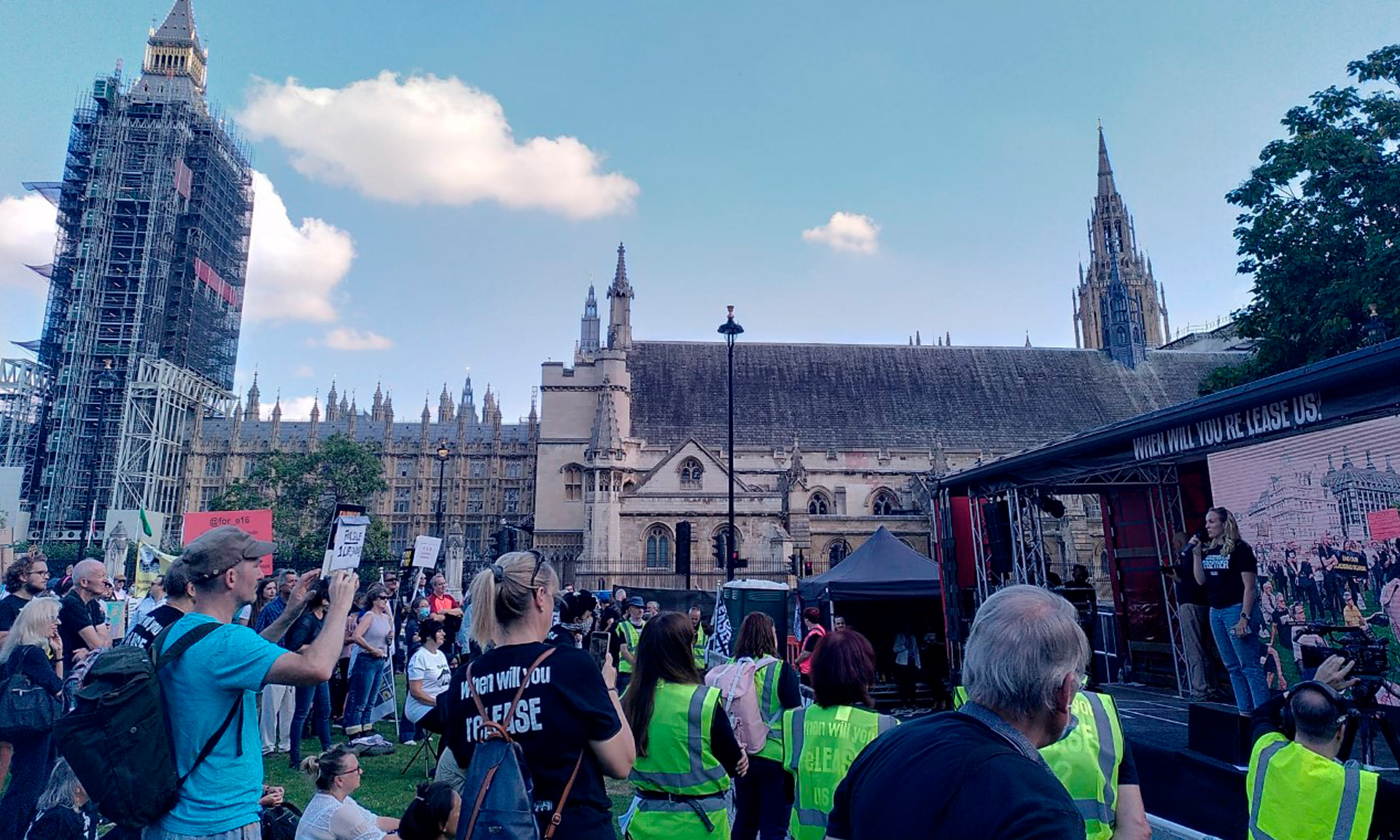
The Chancellor has announced that the current stamp duty holiday in England and Northern Ireland will be extended.
The tax break, which was introduced in July last year, has brought a flurry of activity to the property market, with home movers buoyed by the prospect of saving up to £15,000.
This rise in demand has resulted in significant delays to the home buying process, and the Chancellor has now moved to extend the relief for longer to prevent hundreds of thousands of moves falling through.
Stamp duty cut extended
In his Budget speech, the Chancellor announced that the stamp duty holiday in England and Northern Ireland will be extended beyond the original deadline of 31 March.
The current £500,000 nil-rate band in England and Northern Ireland will apply until 30 June. Between 1 July and 30 September, it will be reduced to £250,000, and then from 1 October, the previous threshold of £125,000 for home movers will be reinstated.
In practice, this means that people buying before 1 June will be able to save up to £15,000, while those buying between 1 July and 30 September will be able to save up to £2,500 in tax.
The Scottish and Welsh governments are yet to announce any changes to their current rules – but the Treasury says they have been provided funding to do so.
Stamp duty holiday: how does it work?
The stamp duty holiday was introduced to encourage people to move home after the first COVID-19 lockdown last year.
Stamp duty is a tax you pay when you buy a property, and it’s charged as a percentage of the purchase price.
Last July, the government moved to temporarily increase the threshold at which stamp duty is due, to £500,000 in England and Northern Ireland and £250,000 in Scotland and Wales.
For some buyers, this has meant substantial savings. The biggest cuts are on offer to those spending £500,000 or more, who can save the maximum £15,000 in tax.
How has the stamp duty cut affected the market?
There’s no question that the stamp duty cut has resulted in greater demand and higher house prices.
Provisional figures from HM Revenue & Customs show that 129,400 transactions went through in the UK in December – compared to 87,040 in 2019 and 83,880 in 2018.
Meanwhile, data from Rightmove shows that the average number of days it took to sell a property fell to just 49 in November, compared to 67 a year earlier.
When it comes to house prices, figures from the Land Registry showed an 8.5% year-on-year rise in December.
The property portal Zoopla says that at least 740,000 buyers will have benefited from the stamp duty cut by the time it ends.
It says 600,000 buyers who agreed a purchase from May 2020 onwards won’t have to pay any stamp duty – saving an average of £4,660 – while a further 140,000 buyers purchasing homes for £500,000 or more will save the maximum of £15,000.
This article was first published on 8 November 2020. It has since been updated to reflect the latest news around the stamp duty holiday. The most recent update was on 3 March 2021.



